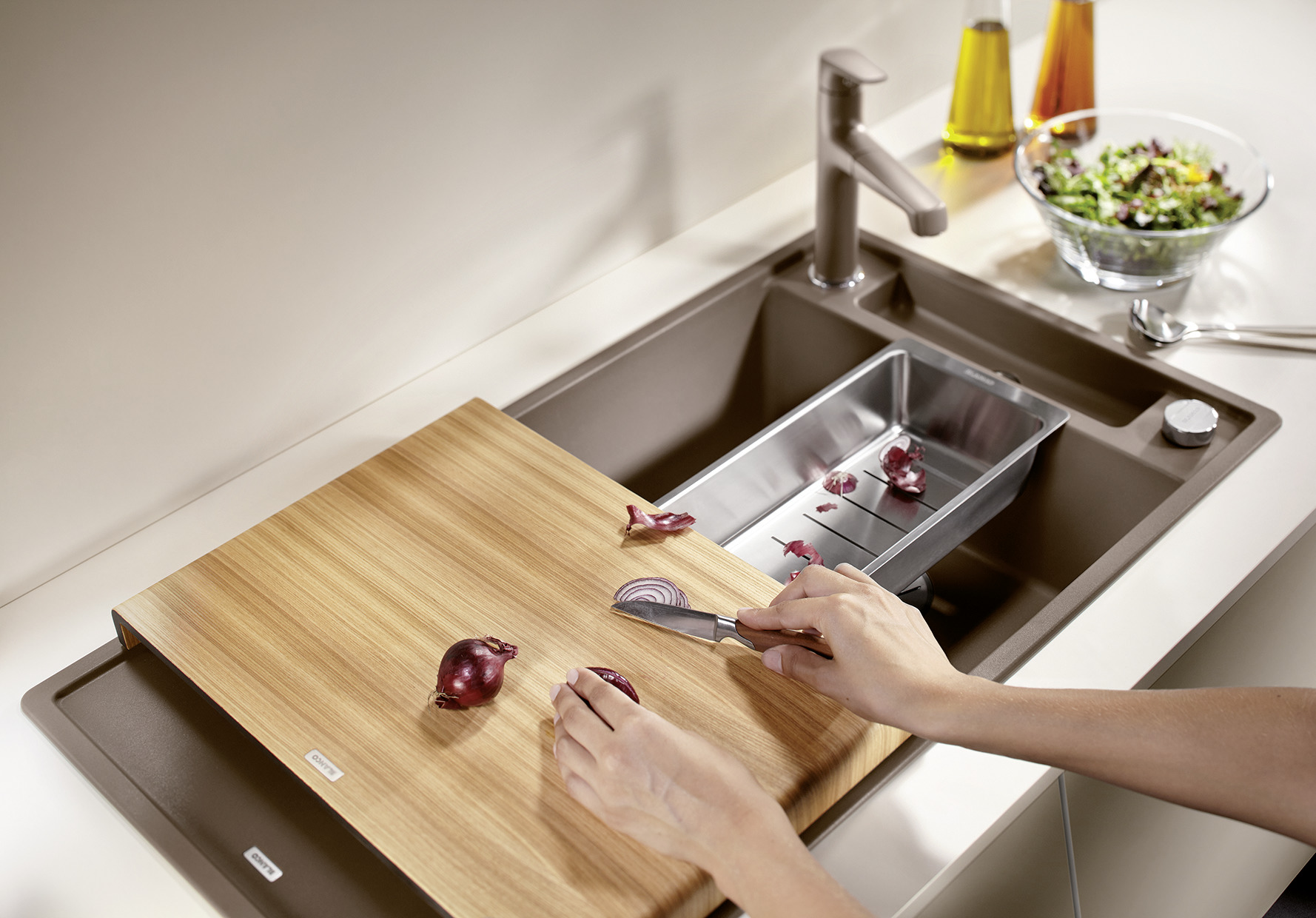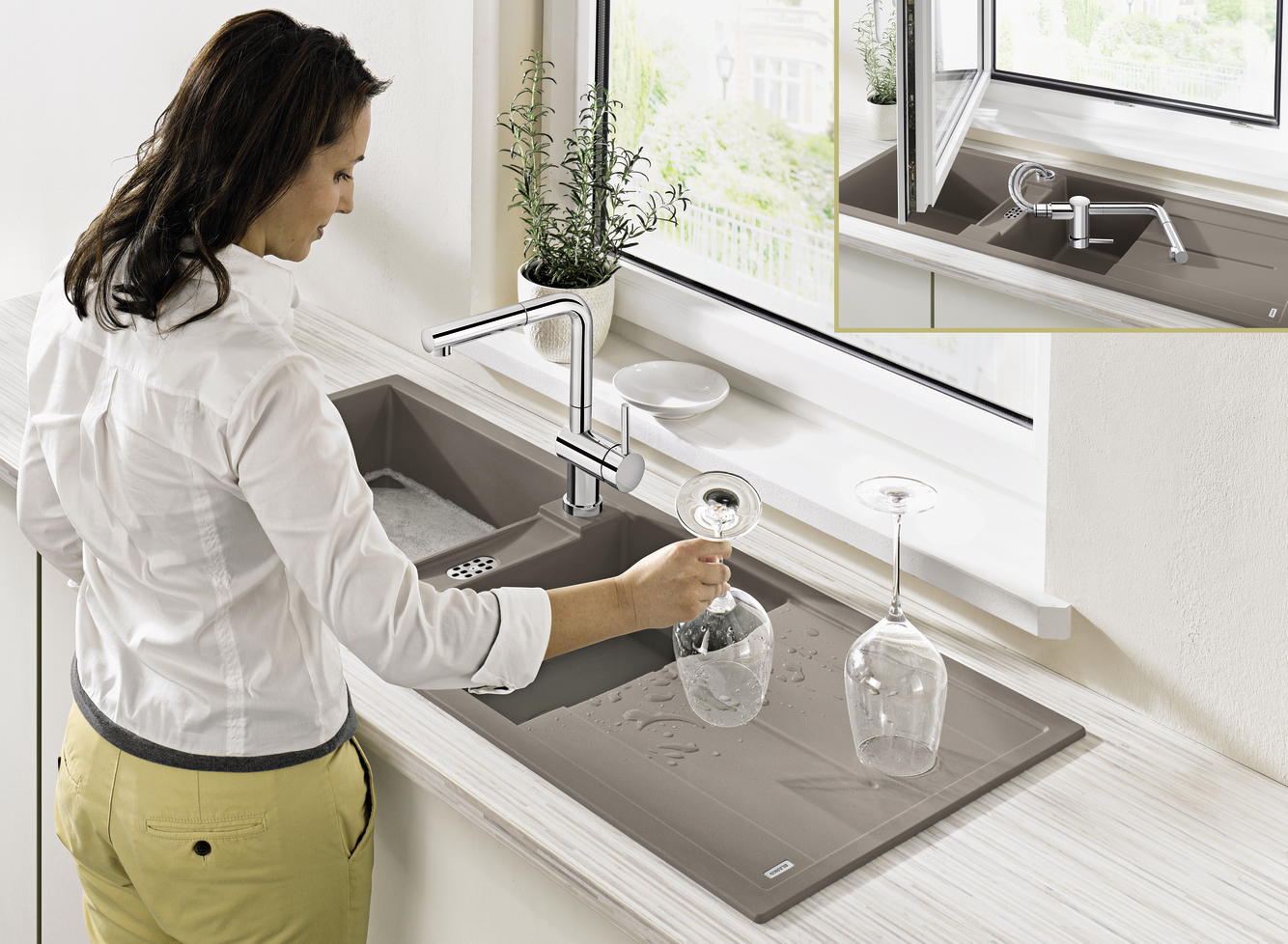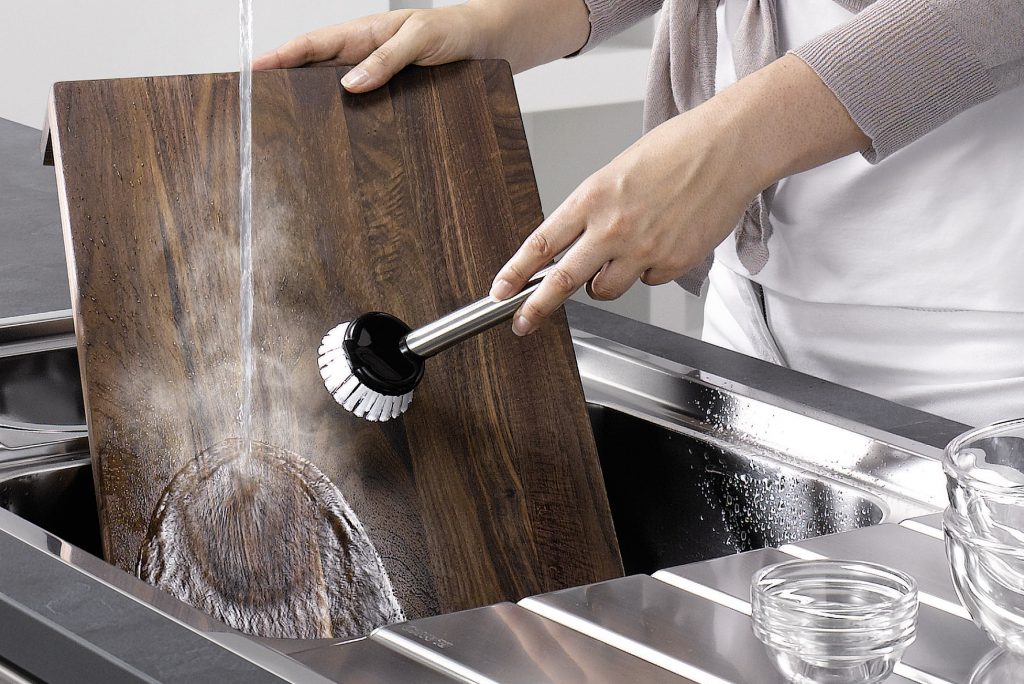The best choice of sink
Which sink material is best for you?
When looking for a sink for your new kitchen, you’ll come across three different sink materials. There are sinks made of stainless steel, ceramic sinks and granite sinks, or composite kitchen sinks made of a high proportion of granite and a number of other components. These include Silgranit sinks. This invariably leads you to wonder which sink material is best and right for you?
Which sink material is best and right for you?
It would be great if there were a single answer to that question. However, experience has shown that all three sink materials are proven to be effective, with strengths in different areas. When you think of the plethora of kitchen designs, then style clearly comes into it. Silgranit and ceramic will often chime better with country house-style kitchens than stainless steel sinks. Yet determining which sink is the right one for your kitchen isn’t solely a matter of taste.
If you want to buy the best sink for your home, you have to ask a few more questions. Key things to consider are how you’re going to use the sink bowl, the hardness of the water with which the sink will come into contact, and how easy-care you want your sink to be.
A sink that suits me
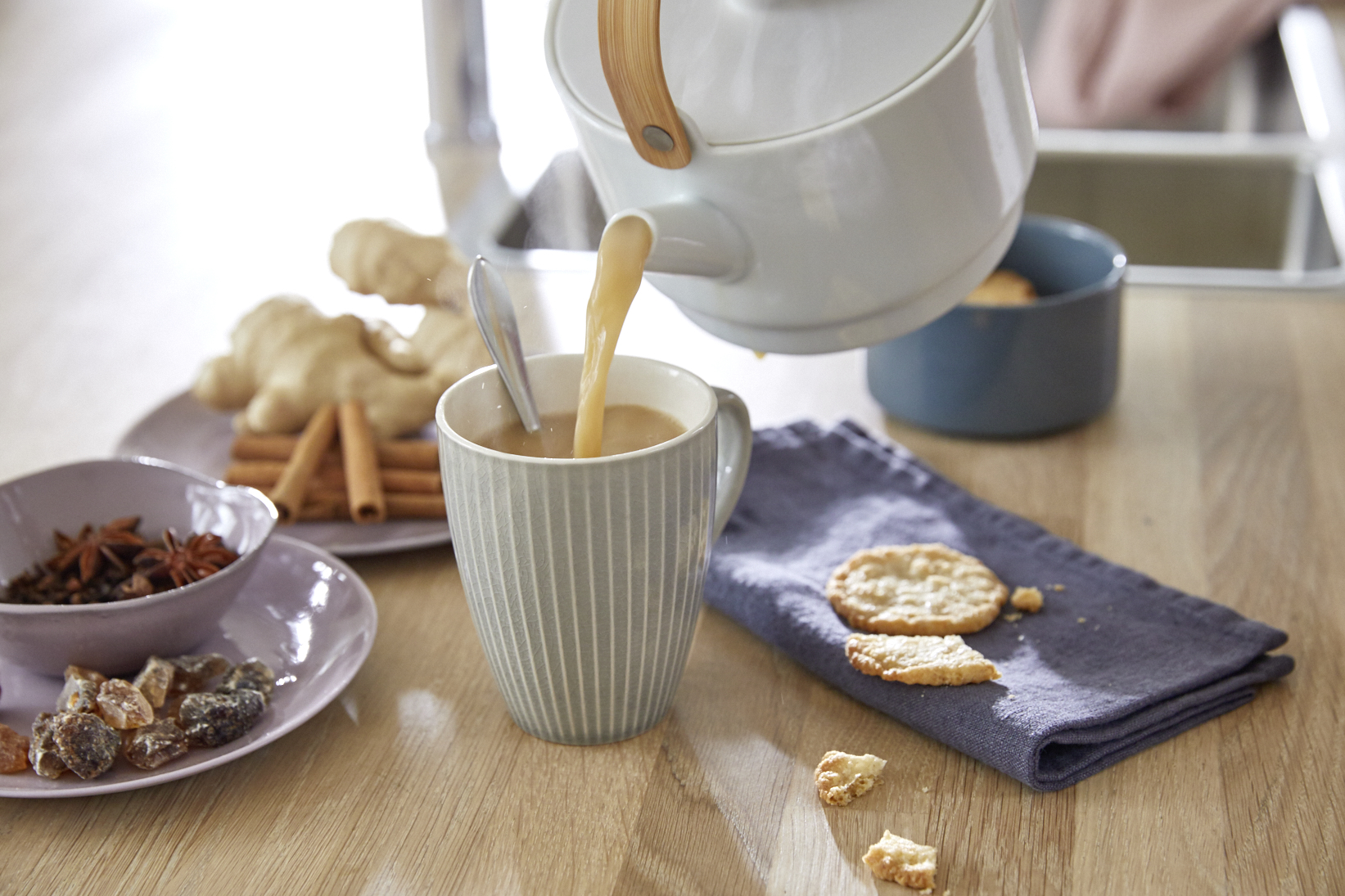
The texture and feel of a sink
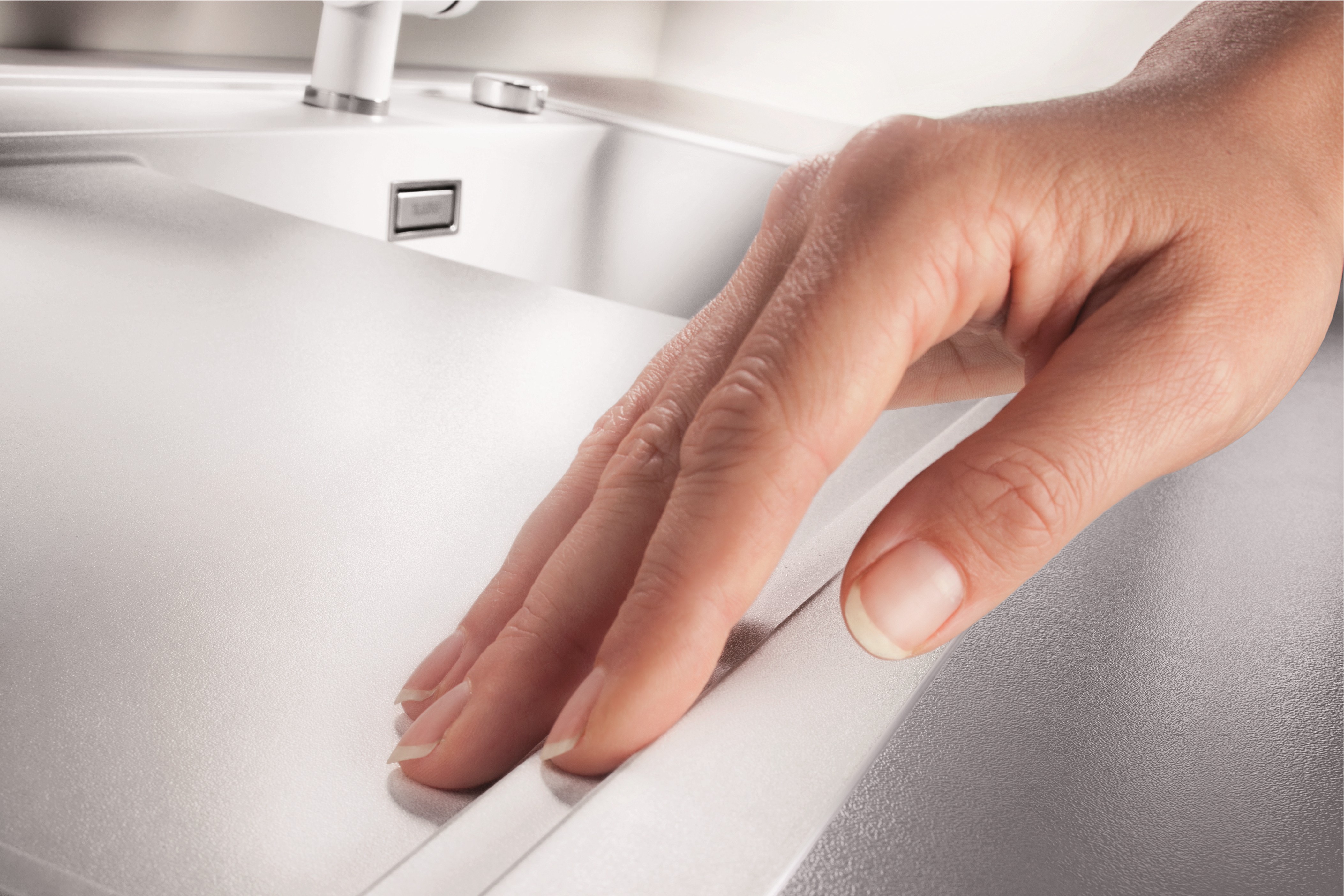
What sticks and what runs off
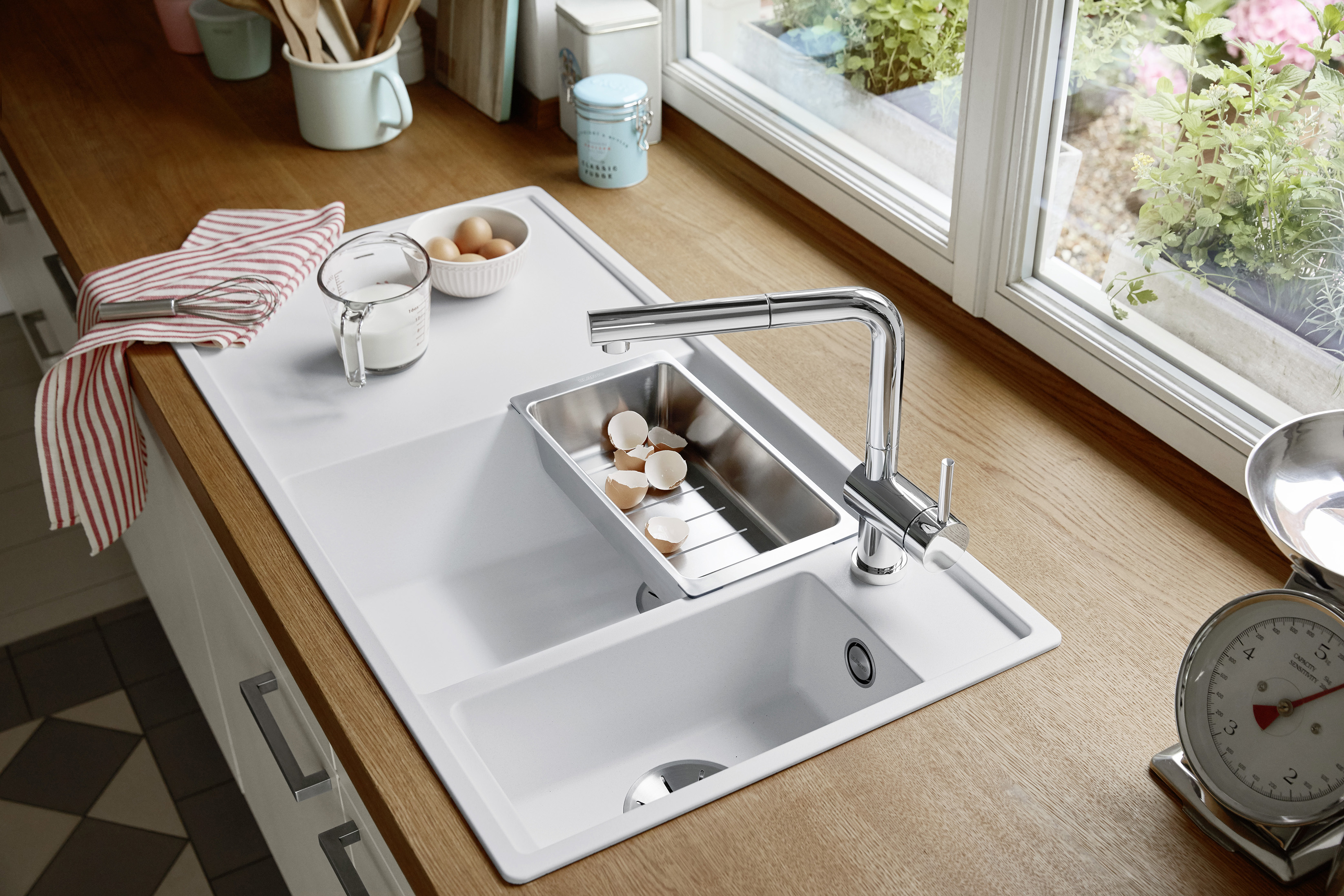
Proper care is important
In ceramic sinks it takes a long time for this kind of layer of limescale to build up, as the smooth material offers very little traction, so the water runs off quickly, leaving nothing behind. For this reason, you should clean your ceramic sink regularly with a gentle vinegar-based cleaner to keep it looking like new. However, an elegant dark Silgranit sink in a hard water area will require you to care for the velvety surface texture every day and rub it dry with a microfibre cloth.
Avoid breaking glasses when washing up

Time spent cleaning

